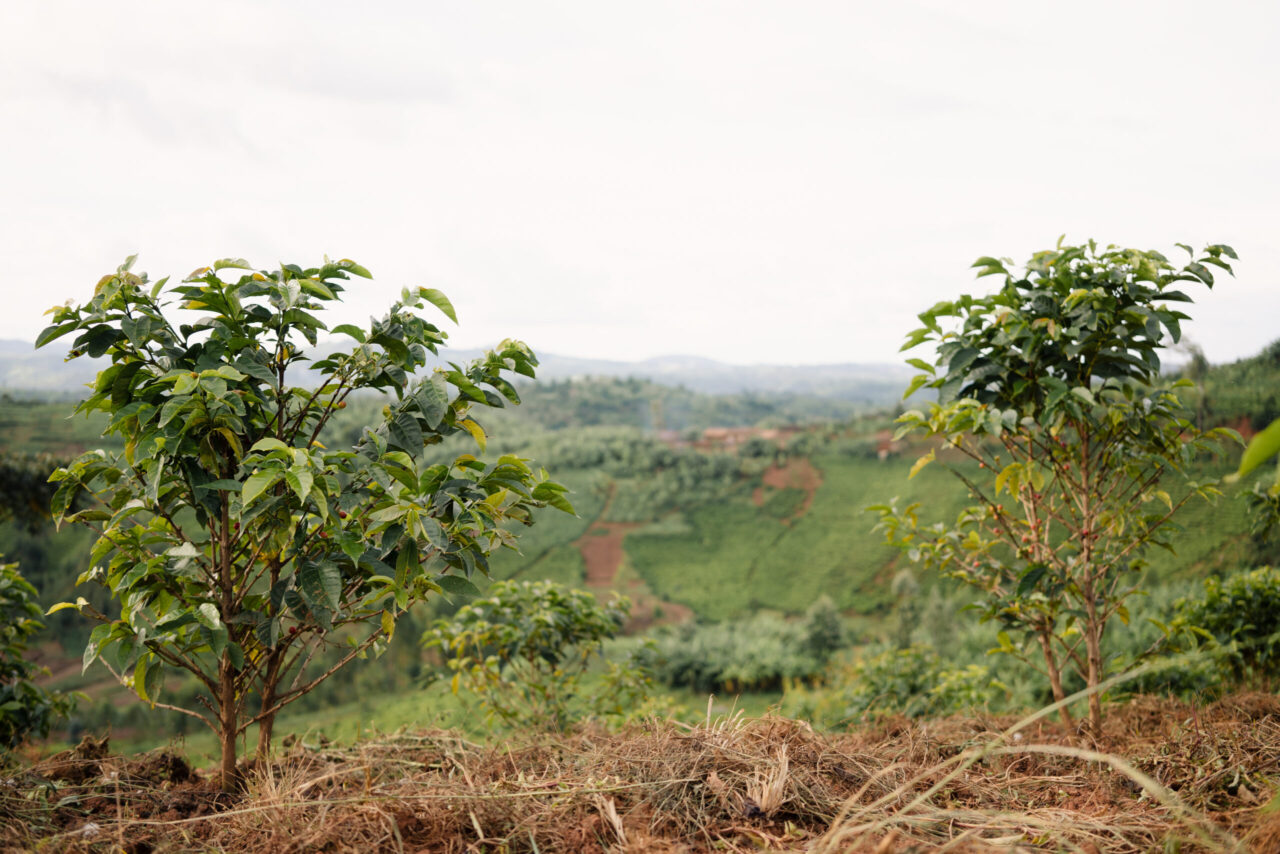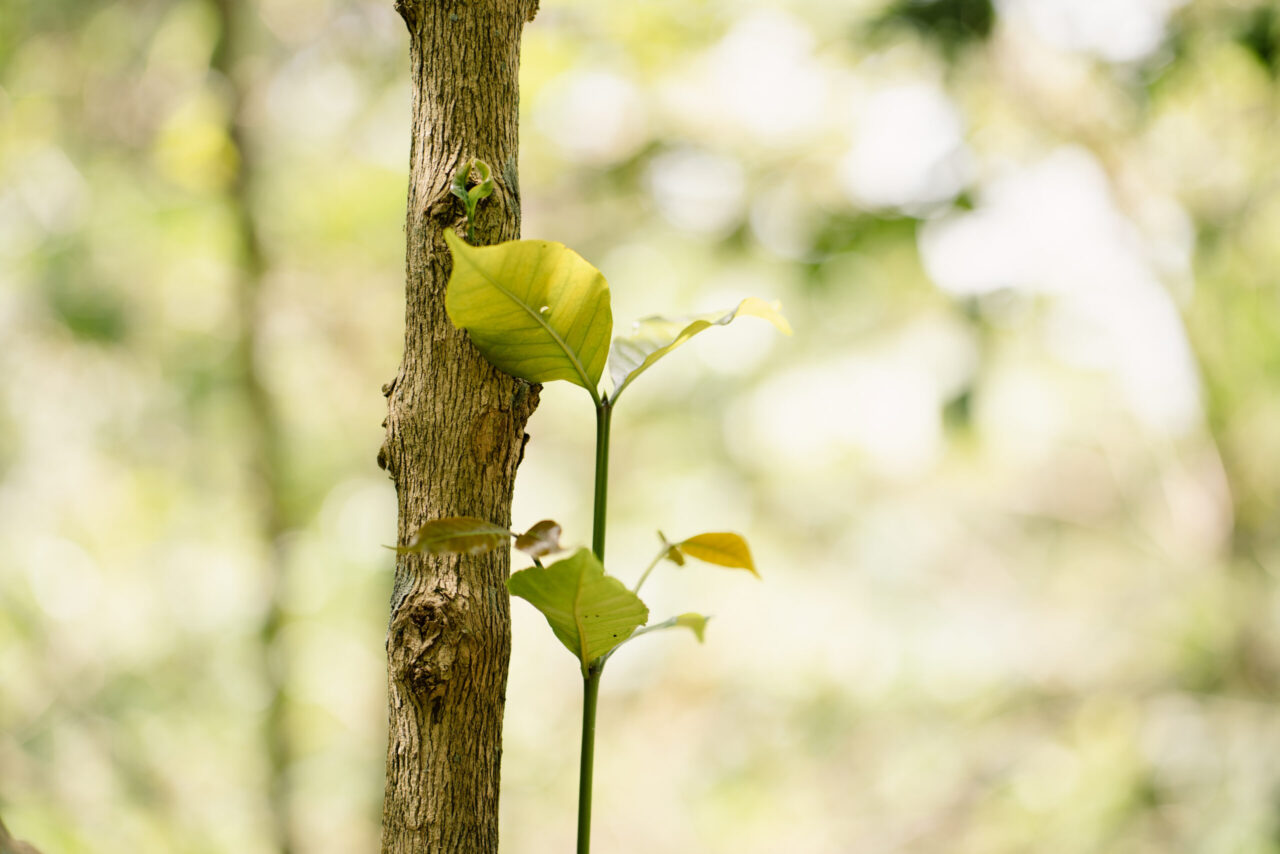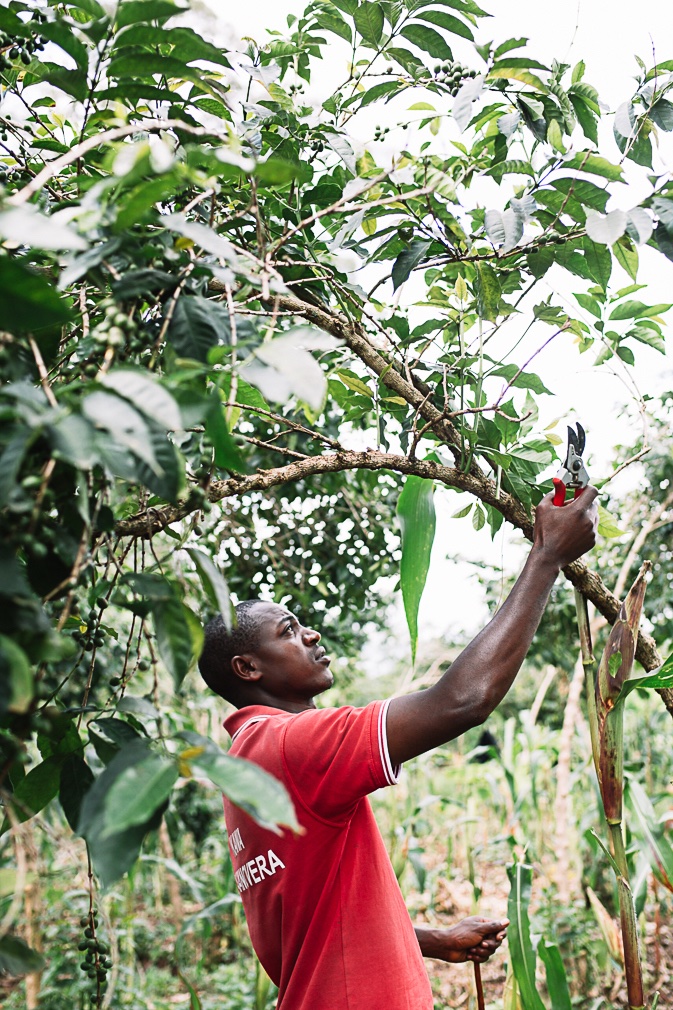This post was written by Epaphras Ndikumana, Social and Environment Impact Manager for Long Miles Coffee
Every year after the coffee harvest season, generally from June up to the end of August in Burundi, many coffee farmers turn their focus to pruning and mulching activities. This is largely done because they are taken to be the basic and good practices in coffee farming. In some regions of the country, these activities go neglected because of the farmers’ ignorance or inability to perform the tasks as too demanding in terms of technical, material, knowledge, and/or financial resources. Nevertheless, the farmers working with Long Miles carry them out seriously, motivated by the help of the Coffee Scouts, because they are materially and technically supported by Long Miles and have also understood and seen for themselves the power of mulching and pruning in enhancing the productivity and the quality of the coffee they produce.
This season, the support provided by Long Miles allowed the pruning of more than 37,000 coffee trees in August and the work kept going until the middle of September. Working together with farmers on these activities puts into action two of Long Miles’ core values: Ubuntu and Grit, as we all fight for coffee quality improvement and success.

Mulching
This is a critical practice in coffee farms as it provides core nutrients to a coffee tree which are nitrogen, phosphorus, potassium, magnesium, and calcium. It is also positive in a number of other regards :
- Protection against soil erosion,
- Regulation of the soil temperature and maintaining soil humidity,
- Improvement of the soil’s pH and cation exchange capacity,
- Reduction of threatening vegetatives (i.e. weeds),
- Improvement of the soil’s biological life,
- Prevention of rainfall and soil compaction
Pruning
In addition to mulching, the pruning practice is also known for its big contribution to increasing coffee production and quality. In fact, through the implementation of specific types of pruning, the practice is known to contribute to increasing productivity by up to 30% compared to when it is not implemented.

In Burundi, as well as in the LMCP zones of operation, four styles of pruning are implemented :
- Maintenance: This practice consists in removing the suckers growing on the stump, stems, or branches. It is implemented throughout the year, whenever the suckers appear. This is because suckers that are left to grow, especially if there are many of them, weaken the tree and this loses its energy to produce many cherries.
- Production: Implemented once a year, after the harvest season, production pruning consists of:
- Removing all the dead, too bushy, and very long branches,
- Removing all the sterile, malformed, and broken branches, and
- Removing the excessively branched branches
- Regeneration: This practice consists in removing all the unproductive aged trees. It is implemented every 6 to 8 years when productivity highly decreases. It can also be implemented on abandoned or parasitized trees.
- Growth: This is practiced in a newly planted coffee farm that is only one year old. It consists in bending down the principal tree stem from which will be grown three or more stems that will provide production. In Burundi, only three stems are only recommended.


